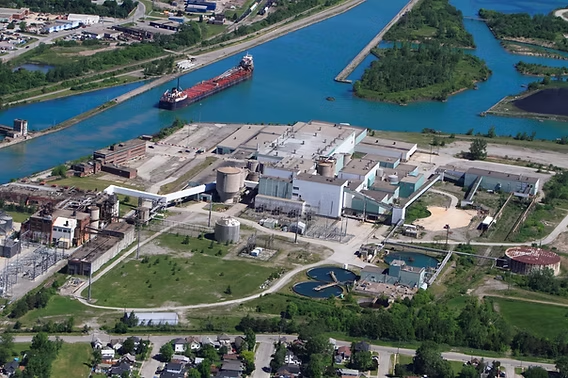
Paradigm Capital analyst Marvin Wolff cut his price target on CHAR Technologies (CHAR Technologies Stock Quote, Chart, News, Analysts, Financials TSXV:YES) in half to $0.55 but kept a “Buy” rating on the stock in a May 29 note following Q2 results and the addition of a new strategic investor. Wolff said the company’s ramp is slower than previously expected, but he still sees strong potential, supported by joint ventures, government-aligned green energy goals, and new partnerships, such as the $ 2 million investment from BMI Group.
Char Technologies reported Q2/FY25 revenue of $0.7-million, up from $0.4-million in Q1, with a net loss of $0.01 per share, improving from a $0.02 loss. Cash on hand was $1.2-million, or $3.2-million pro forma. Paradigm Capital lowered its price target to $0.55 from $1.10, applying a 7x EV/EBITDA multiple to FY29e EBITDA of $19.3-million, discounted 9% annually, citing a slower ramp than previously expected.
Wolff said Paradigm’s analysis is based on CHAR’s share of the joint ventures.
“The recent investment by the BMI Group we expect will offer opportunities in potentially three different sites as well. Each additional production location is centred around actively worked forest lands, offering a long-term source of wood waste to feed the process. Each site also has access to Canada’s highway systems, rail, electrical grid and natural gas distribution network to supply inputs and distribute the RNG and biocoal outputs to the market. CHAR fully expects to have joint-venture arrangements at most sites, with landowners of forestry licenses participating in the projects. Such ownership levels will be in the 50% range. The diverse geographic nature of each project and joint-venture financing will enable CHAR to simultaneously develop several sites at once, allowing rapid EBITDA growth.”
CHAR Technologies uses proprietary low-pressure, high-temperature anaerobic pyrolysis to convert waste biomass into biocoal, renewable natural gas, and SulfaCHAR fertilizer. Its first plant, located in Thorold, Ontario, is scheduled to commence commercial production in late 2025, producing 5,000 tonnes of biocoal and 250,000 gigajoules of renewable natural gas annually. CHAR aims to operate nine facilities by 2029. ArcelorMittal owns 10.6% of CHAR and plans to use its biocoal in steelmaking, while BMI Group, which now owns 8.8%, invested $2-million on May 12.
“BMI Group is a private company that buys and repurposes shuttered and effectively abandoned industrial sites across Canada,” Wolff said. “The group has a project management/construction division. CHAR expects to have BMI as a strategic partner in the Thorold facility as well as to become a partner in some of BMI’s former pulp and paper properties, offering a new ‘lease on life’ for these assets.”
Wolff expects CHAR Technologies to post an Adjusted EBITDA loss of $5.9-million on $3.8-million in revenue for fiscal 2025. He forecasts those results will improve to a $1.9-million loss on $19.9-million in revenue in fiscal 2026, and turn positive in fiscal 2027 with $3.6-million in EBITDA on $30.9-million in revenue.
CHAR is a strong ESG play on multiple fronts, Wolff said. Its technology turns waste wood into RNG without the carbon footprint of traditional natural gas production, which involves drilling, processing and long-distance transport. CHAR estimates its Thorold plant will save enough energy to take 9,000 to 18,000 vehicles off the road while heating about 5,500 homes. The process also produces biocoal, a cleaner alternative to mined coal for steelmaking, reducing emissions from mining and transport.
“CHAR’s biocoal will be a significant contributor to the decarbonization of the steel industry that is occurring not only in Canada, but also in North America and Europe,” Wolff said. “HTP pyrolysis also has the ability to eliminate or break down PFAS compounds, which are an environmental problem of their own. CHAR’s HTP process is autothermal, meaning that it requires no energy to be added to the process, and thus is considered a carbon NEGATIVE chemical process.”



 Share
Share Tweet
Tweet Share
Share




Comment